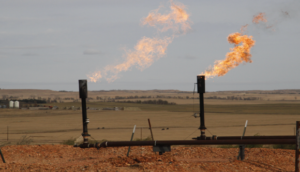Tulsa’s Williams Cos. announced Tuesday it was taking another major step to target greenhouse gas emissions in its natural gas gathering, processing, transmission and storage systems.
The company plans to collaborate with Cheniere Energy, Inc., the largest U.S. producer of liquefied natural gas to implement quantification, monitoring, reporting and verification of the GHG emissions.
Williams stated the collaboration with Cheniere will improve the overall understanding of GHG emissions and further the deployment of the most advanced monitoring technologies and protocols to enhance clean energy supply and delivery for Williams and its customers.
The announcement further supports Williams’ recently announced partnership with Context Labs, whose technology solution will enable Williams to offer differentiated services to its customers across the entire natural gas value chain, providing end-to-end measured, verifiable and transparent emissions data for real-time decision-making capabilities.
The midstream QMRV work will be conducted by global emissions researchers from Colorado State University and the University of Texas. The measurement protocol designed by the research group and Cheniere will be field tested at facilities operated by the participating companies, including Williams’ Transco pipeline, the nation’s largest-volume natural gas transmission system that is also one of the largest providers of natural gas to LNG export facilities on the Gulf Coast.
The midstream QMRV program involves a combination of ground-based, aerial, and drone-based emissions monitoring technologies and requires emissions monitoring over at least a six-month period, with all data independently analyzed and verified by the project’s academic partners.
“Our large-scale clean energy infrastructure network is ideally positioned to leverage this pilot program to develop a comprehensive system for accurately quantifying emissions while connecting the cleanest energy sources to meet real-time energy needs across the country and overseas,” said Chad Zamarin, Williams Senior Vice President of Corporate Strategic Development. “As further demonstrated through our recent investment with Context Labs, Williams is committed to matching the best technology with meaningful strategies to facilitate and deliver responsibly sourced natural gas from wellhead to water.”
“Collaboration with our midstream partners is a vital part of Cheniere’s efforts to measure and verify our emissions and look for opportunities for reductions across our value chain,” said Scott Culberson, Cheniere’s Senior Vice President of Gas Supply. “Williams is a critical teammate in this effort to provide cleaner sources of energy around the world, and their leadership will help to improve the environmental performance of U.S. natural gas and LNG.”
“Emissions quantification requires scientifically rigorous methods that are unique to each segment of the industry. This first-of-its-kind R&D project will investigate emissions performance at multiple midstream facilities not just by short-duration spot checks, but over several months, employing multiple monitoring technologies at multiple scales,” said Dan Zimmerle, the principal investigator on the project from Colorado State University who also serves as the Director of the school’s Methane Emissions Program.
“It is vital for both public policy and science that we have empirically driven measurement protocols, and importantly the complex and voluminous data collected is independently analyzed and verified by the scientific community,” said Dr. Arvind Ravikumar, professor in the Petroleum and Geosystems Engineering department at the University of Texas at Austin.
Carbon News
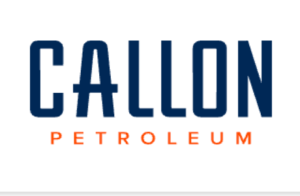
Callon Petroleum Releases Annual Sustainability Report
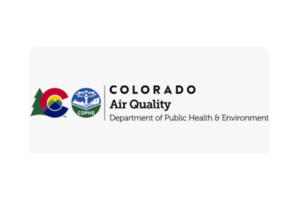
Colorado Adopts Groundbreaking Methane Measurement Rule
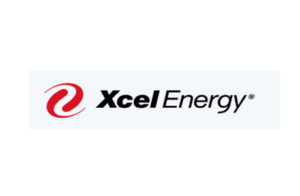
Xcel Energy plans solar power sites in southeast New Mexico amid shift toward renewables

Satellite detection for flaring
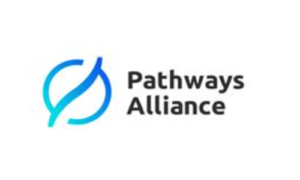
Oilsands group pledges to spend $16.5B on carbon capture project by 2030
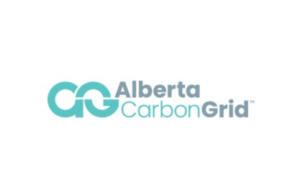
Alberta Carbon Grid gets go-ahead to evaluate 900,000-hectare potential CCUS site
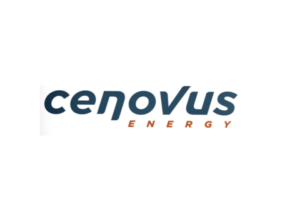
Cenovus Reports Success With Airborne Lasers in Fight Against Emissions
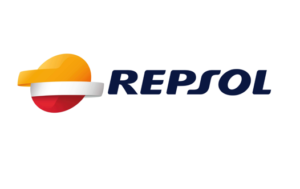
Bridger Photonics, Inc. to deploy methane detecting technology to help Repsol spot fugitive methane
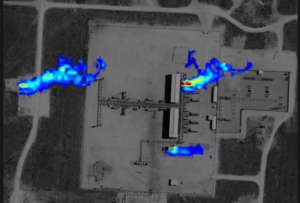
Building a Technology Toolkit for Methane Emissions Detection
